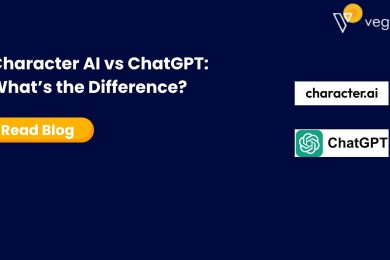
In simple terms, a public blockchain is like a digital ledger that is open for everyone to see and participate in. Imagine a giant, transparent notebook that records transactions, and this notebook is duplicated and stored on many computers worldwide.
In this “notebook,” transactions are added in groups called blocks, and each block is linked to the previous one, forming a continuous chain. What makes it “public” is that anyone can join the network, validate transactions, and even propose new transactions to be added.
These transactions aren’t controlled by a single authority; instead, they are verified by a decentralized network of participants. This decentralized and transparent nature ensures that transactions are secure, resistant to tampering, and visible to anyone interested.
Popular cryptocurrencies like Bitcoin and Ethereum operate on public blockchain. People can use this public blockchain not only for financial transactions but also for creating and running decentralized applications (DApps), executing smart contracts, and more. It’s a bit like a digital community ledger that is open, secure, and shared among many participants.











